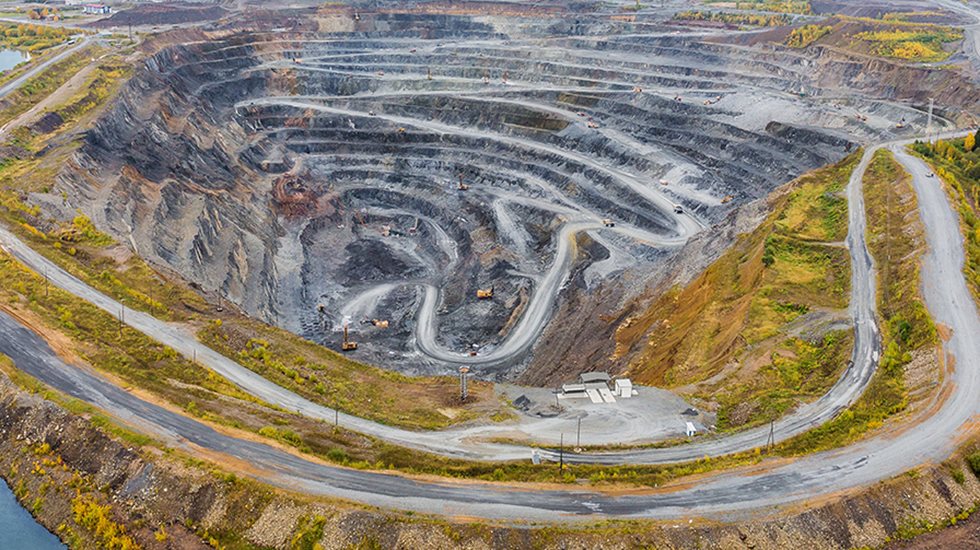Take these into account as early as possible:
- All possible fractions should be recovered. The less waste there is during production, the less there is to worry about during the closure phase.
- Water consumption should be minimized already in the operational phase. Less water means less water-borne emissions.
- Sort all reactive and hazardous substances separately – this will also mean less hazardous waste is generated.
- Take the needs of the closure phase into consideration when planning the foundation structures of waste areas.
- When soil mass is sorted properly, it can be used in the earthworks of the closing phase. Purchasing and transporting soil mass can become surprisingly costly.
- While it might be difficult to predict exactly when a mine’s production will end, planning of the closure should always be started as early as possible – preferably even before the mine opens.
Although planning the closure of a mine at the foundation stage would bring extra costs, it should not be looked at as merely an expense. In the best-case scenario, it could end up turning a profit. For example, with market prices and technology changing and evolving over the years, the precise sorting of tailing piles and the separation of products other than the main product from mining fraction can prove to be a profitable solution.
“In an ideal situation, for example, waste minimization would be taken into account in the planning phase of the process. If everything is recovered from the fraction already in the production phase, there is much less to worry about during the closure phase. In addition, minimizing water consumption during the operational phase, for example in waste material stockpiling, reduces the need for post treatment,” explains Senior Scientist Päivi Kauppila, of the Geological Survey of Finland.
Different mines, different needs for closing them down
It is difficult to set universal guidelines for closing down a mine. Every mine has its own special characteristics, related to, for example, the mineralogy and chemical composition of the ore, the method of extraction, the conditions of the mine’s area and land use, the size of the mine and the ore utilization methods.
